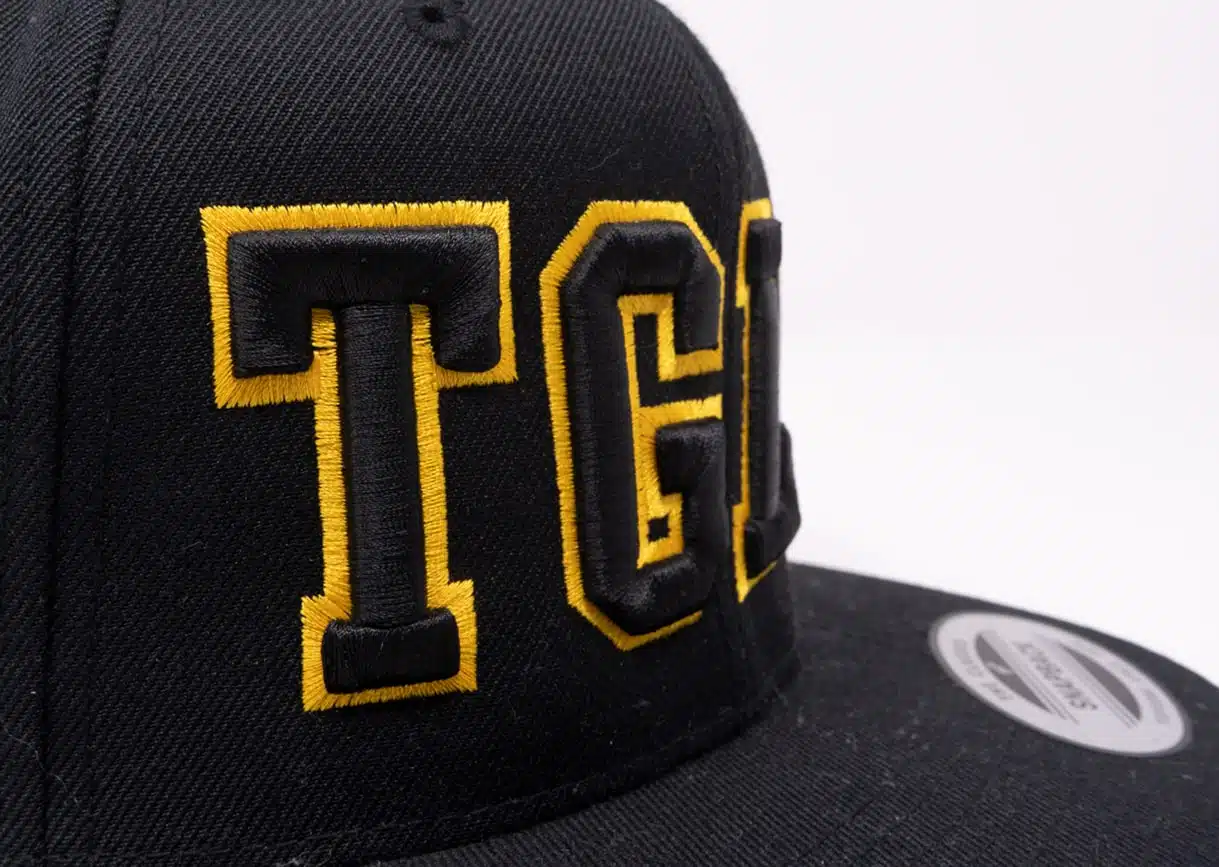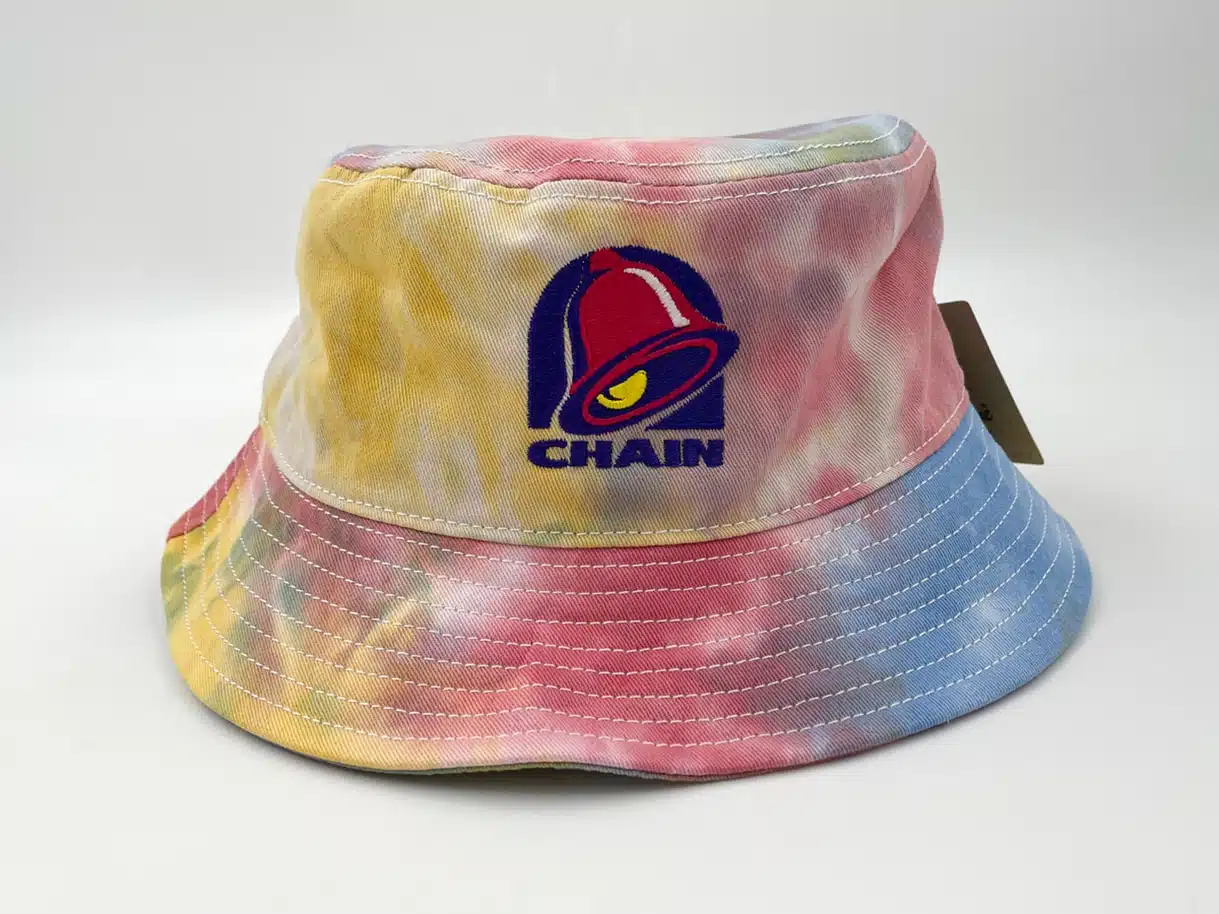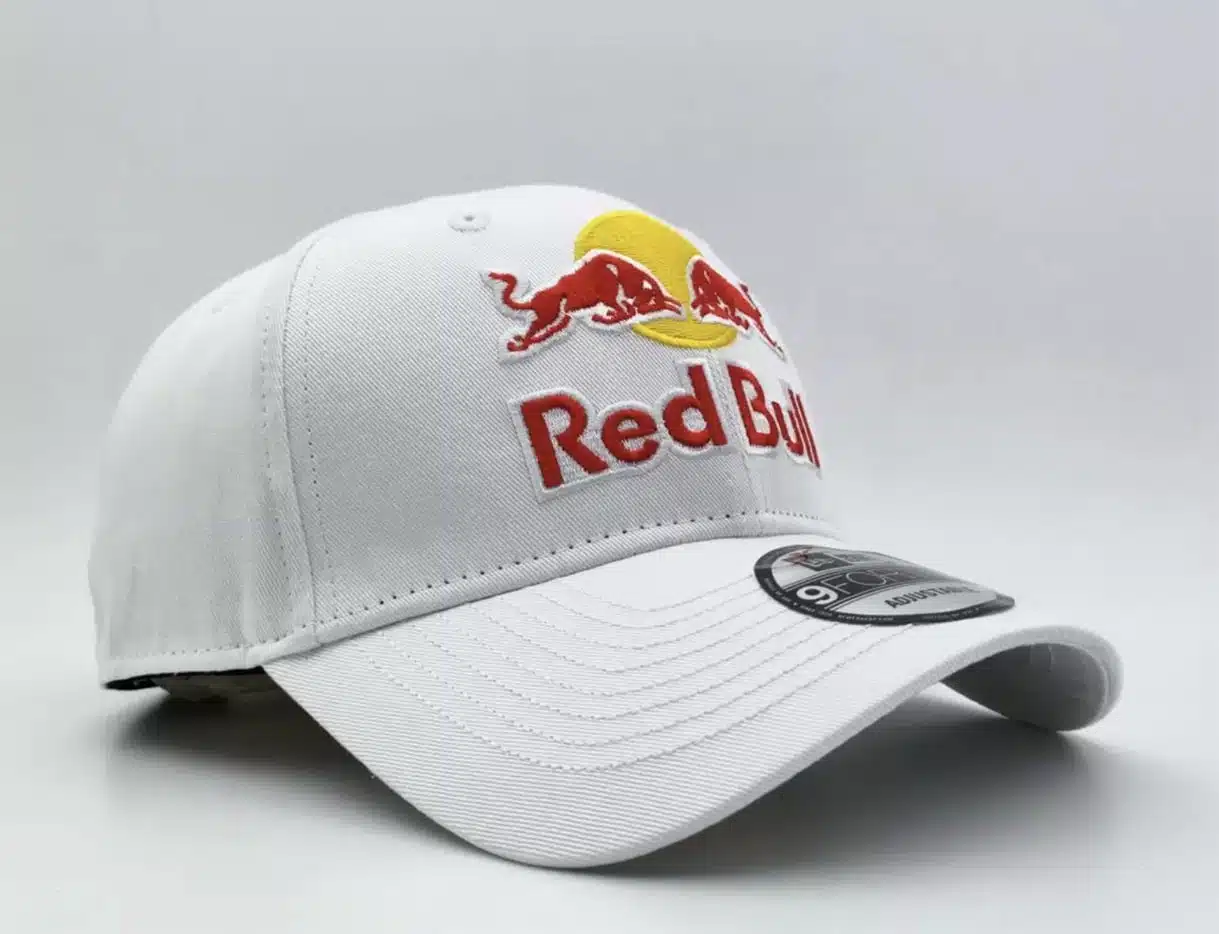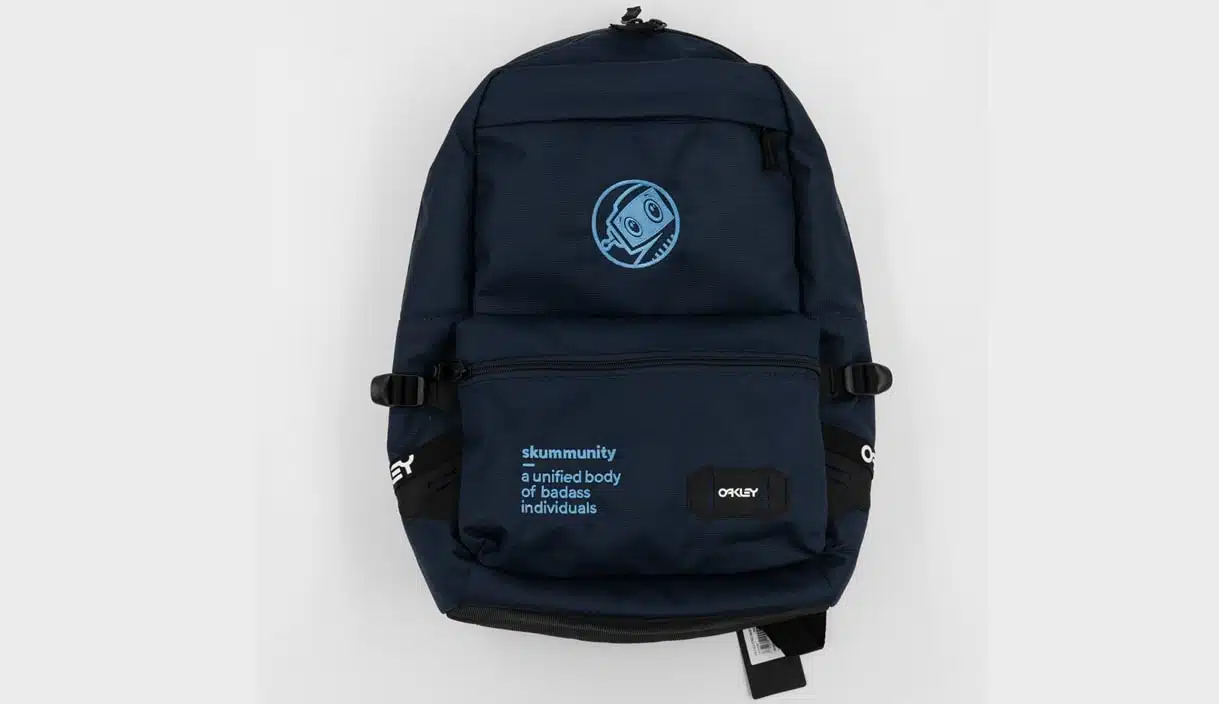Custom Embroidered Hats
April 5, 2024
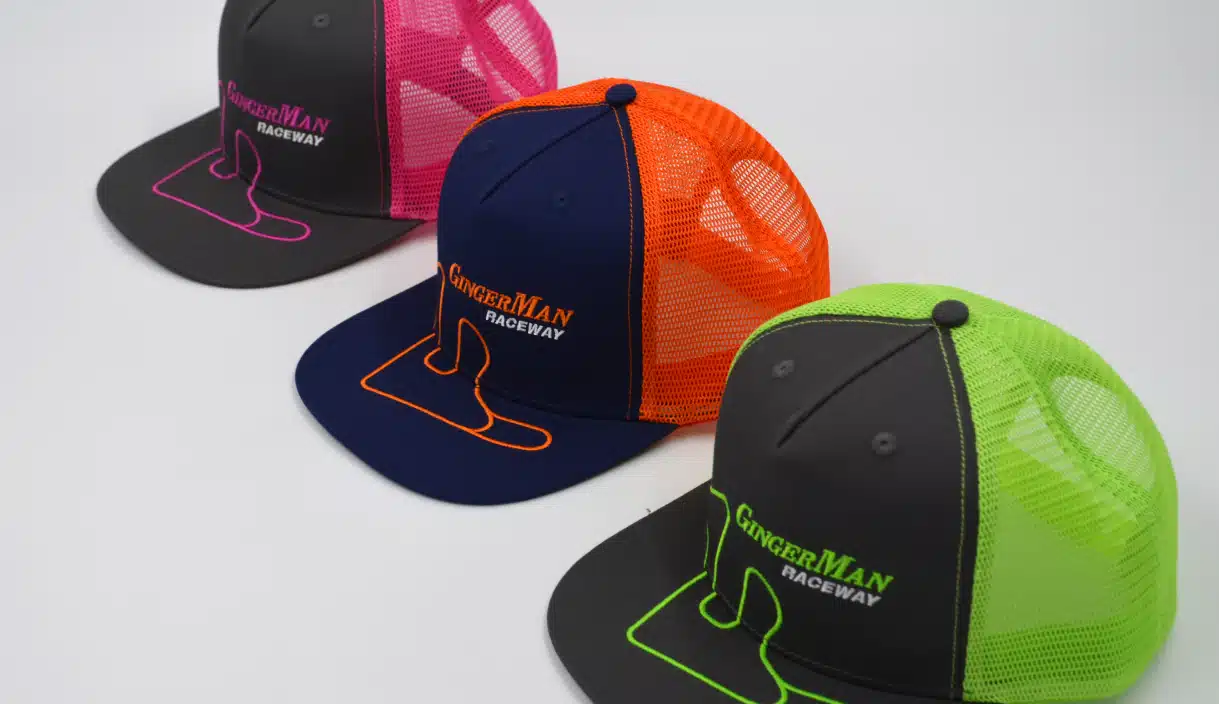
Embroidered Hats
Custom embroidered hats have become a popular choice for both personal and promotional purposes. They offer a unique way to showcase logos, designs, and messages while adding a touch of style to any outfit. In this article, we’ll delve into the essentials of custom embroidered hats, exploring everything from design concepts to ordering and maintenance.
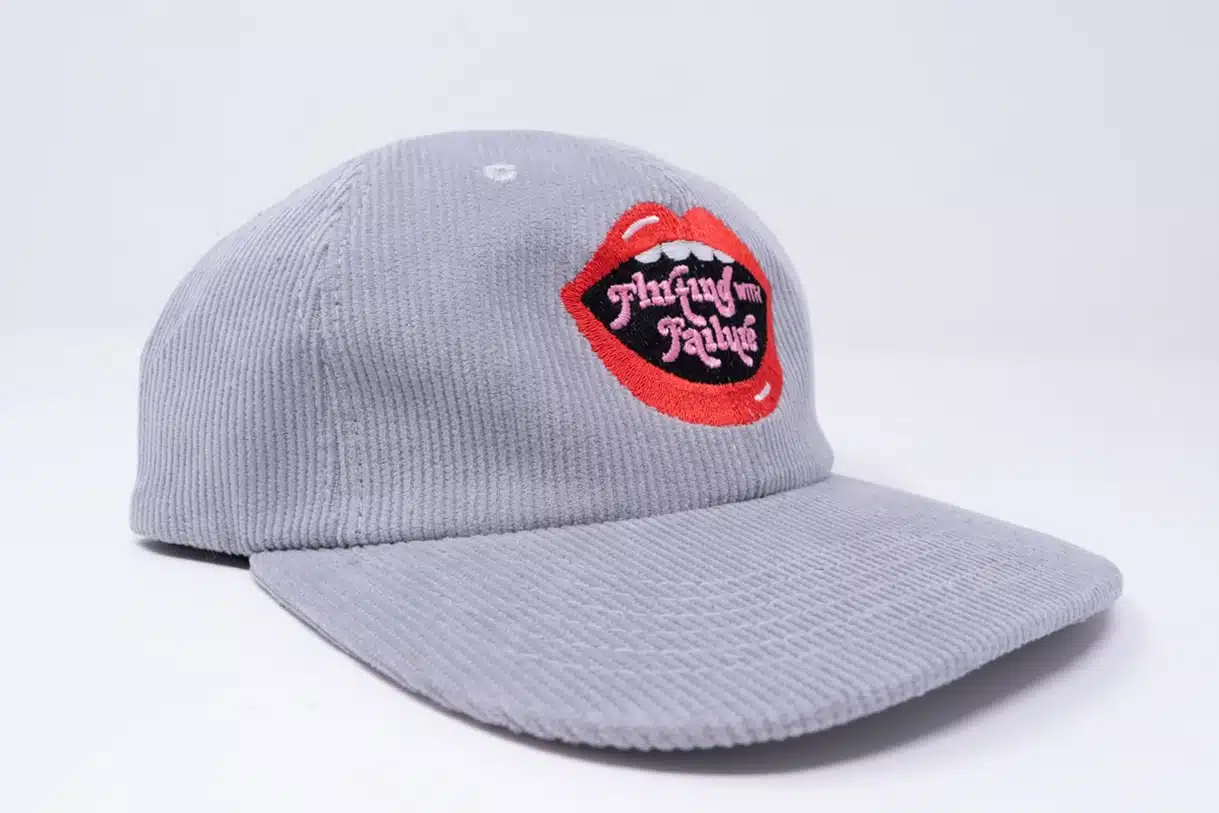
Definition and types of embroidery used in hats
Embroidery is the art of decorating fabric or other materials using a needle and thread. When it comes to hats, there are various types of embroidery techniques employed to achieve different effects. These include:
Flat embroidery: This is the most common type of embroidery used in hats. It involves stitching directly onto the fabric of the hat, creating a smooth, flat design.
3D puff embroidery: This technique adds dimension to the design by using foam beneath the stitches, giving it a raised, textured appearance.

Common types of hats suitable for embroidery
Not all hats are created equal when it comes to embroidery. Certain styles lend themselves better to customization than others. Here are some popular choices:
Baseball caps: These are perhaps the most popular choice for custom embroidered hats. Their structured front panels provide an ideal canvas for logos and designs.
Beanies: Beanies offer a more casual, laid-back option for embroidery. They’re perfect for adding a personal touch to winter attire.
Snapbacks: With their adjustable snap closures, snapback hats are versatile and can accommodate various head sizes. They’re a favorite among the streetwear crowd.
Bucket hats: Bucket hats have made a comeback in recent years, and their wide, sloping brims provide ample space for embroidery.
Designing Your Custom Embroidered Hats
Starting with Your Design Idea
Before diving into the embroidery process, it’s essential to have a clear design concept in mind. Whether you’re creating hats for personal use or promoting a brand, your design should be cohesive and visually appealing. Here are some tips for refining your design:
Importance of a clear design concept: Determine the message or image you want to convey with your hats. Whether it’s a company logo, a team emblem, or a personal motto, clarity is key.
Tips for choosing design elements: Consider factors such as color schemes, fonts, and graphics. Opt for colors that complement each other and ensure readability, especially if incorporating text into your design.
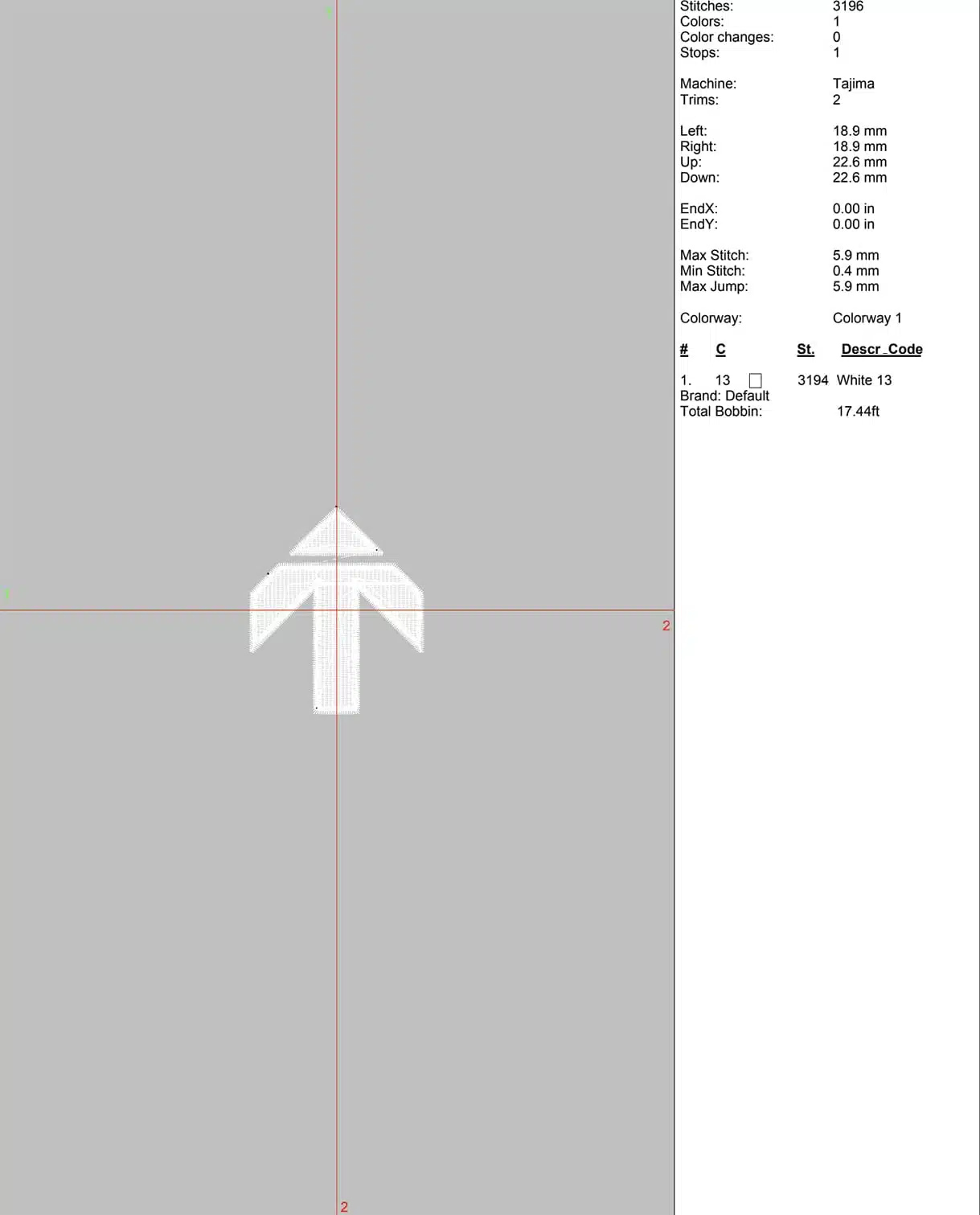
Translating Designs into Embroidery
Once you’ve finalized your design, it’s time to translate it into embroidery. This process involves digitizing your artwork to create a file that embroidery machines can interpret. Here’s what you need to know:
The process of digitizing artwork: Digitizing involves converting your design into a series of commands that tell the embroidery machine where to stitch and what colors to use. This requires specialized software and expertise.
Understanding limitations and possibilities: Keep in mind that certain design elements may need to be simplified or adjusted to suit the embroidery process. Discuss any concerns or constraints with your embroidery vendor to ensure the best results.
The Embroidery Process Explained
Choosing the Right Materials
The quality of your embroidered hats depends largely on the materials used. From fabric choices to thread selections, each component plays a crucial role in the final product. Consider the following:
Types of fabrics: Selecting the right fabric is essential for achieving optimal embroidery results. Common options include cotton, polyester, and blends. Thicker fabrics like canvas or denim are often preferred for their durability.
Selecting thread types and colors: Thread comes in various materials and weights, each offering different characteristics. Polyester and rayon are popular choices for their strength and sheen. When selecting thread colors, ensure they complement your design and stand out against the fabric background.
The Embroidery Machines and Techniques
The actual embroidery process involves more than just pressing a button. Skilled operators use specialized machinery and techniques to bring designs to life. Here’s what you need to know:
Overview of machinery used: Modern embroidery machines are equipped with multiple needles and intricate stitching capabilities. Some machines even offer advanced features like automatic thread cutting and pattern resizing.
The role of manual skill: While machines do the bulk of the work, human expertise is still essential for setting up, adjusting, and monitoring the embroidery process. Experienced operators ensure precise stitching and attention to detail.
Custom Embroidered Hats for Businesses and Brands
Benefits of using custom embroidered hats for branding
Custom embroidered hats offer a range of benefits for businesses and brands looking to enhance their visibility and reach. Some key advantages include:
Brand recognition: Custom hats serve as walking billboards, increasing brand visibility wherever they’re worn. They provide a cost-effective way to promote your brand to a wide audience.
Professionalism: Well-designed embroidered hats can help convey a sense of professionalism and unity among employees or team members. They can also serve as uniform accessories for staff in various industries.
Longevity: Unlike temporary promotional materials, hats are durable and long-lasting. This means your brand message will continue to be displayed for months or even years to come.

Case studies
Numerous brands have leveraged custom embroidered hats as part of successful marketing campaigns. From small businesses to multinational corporations, here are some examples:
Nike: The iconic sports brand often includes embroidered hats as part of its promotional merchandise. These hats feature the recognizable Nike swoosh logo and are highly sought after by fans and athletes alike.
Red Bull: As a brand synonymous with extreme sports and adventure, Red Bull frequently incorporates custom hats into its marketing efforts. These hats often feature bold designs and vibrant colors that appeal to their target demographic.
Local businesses:> Smaller businesses can also benefit from custom embroidered hats as a way to build brand recognition within their communities. For example, a neighborhood coffee shop might offer branded hats to loyal customers or sell them as merchandise.
Tips for incorporating embroidered hats into your brand merchandise
If you’re considering adding custom hats to your brand’s merchandise lineup, here are some tips to keep in mind:
Stay true to your brand identity: Ensure that your hat designs align with your brand’s overall aesthetic and messaging. Consistency is key to reinforcing brand recognition.
Consider your target audience: Tailor your hat designs to appeal to the preferences and interests of your target demographic. Whether it’s sleek and modern or fun and quirky, choose designs that resonate with your audience.
Offer customization options: Give customers the ability to personalize their hats with custom embroidery or additional features. This not only enhances the perceived value of the hats but also fosters a deeper connection with your brand.
Ordering Custom Embroidered Hats
Navigating Pricing and Orders
Understanding the pricing structures and ordering process is key to managing your budget and timelines effectively. Here are some tips to help you navigate the process:
Pricing structures: Embroidery pricing is typically based on factors such as design complexity, stitch count, and quantity.
Bulk orders: If ordering large quantities of hats, inquire about volume discounts and production timelines. Plan ahead to allow sufficient time for production and shipping.
Care and Maintenance of Embroidered Hats
To prolong the life of your custom embroidered hats and preserve the integrity of the embroidery, proper care and maintenance are essential. Here are some best practices to follow:
Cleaning: Follow the manufacturer’s care instructions for cleaning your hats. Hand washing or spot cleaning is often recommended to prevent damage to the embroidery.
Storage: Store hats in a cool, dry place away from direct sunlight to prevent fading and discoloration. Avoid stacking hats on top of each other to prevent misshaping.
Handling: Handle embroidered hats with care to avoid snagging or pulling on the threads. Avoid excessive bending or folding, as this can distort the shape of the embroidery.
Future Trends in Custom Embroidered Hats
As technology continues to advance, we can expect to see innovations in embroidery techniques and materials. Here are some emerging trends to watch for:
Advanced digitization: Improved digitization software and techniques will allow for more intricate and detailed embroidery designs.
Sustainable materials: With a growing focus on sustainability, we may see an increase in the use of eco-friendly fabrics and threads for embroidery.
Personalization: As consumers increasingly seek unique and personalized products, we can expect to see a rise in customized embroidery options, allowing individuals to create one-of-a-kind designs.
In conclusion, custom embroidered hats offer a versatile and stylish means of personal expression and brand promotion. Whether you’re celebrating a special occasion, promoting your business, or simply making a fashion statement, custom hats allow you to stand out from the crowd while showcasing your individuality. By understanding the basics of embroidery, selecting the right materials and vendor, and following proper care and maintenance practices, you can ensure that your custom embroidered hats look great and last for years to come.
Jump to
- Definition and types of embroidery used in hats
- Common types of hats suitable for embroidery
- Designing Your Custom Embroidered Hats
- Translating Designs into Embroidery
- The Embroidery Process Explained
- The Embroidery Machines and Techniques
- Custom Embroidered Hats for Businesses and Brands
- Case studies
- Tips for incorporating embroidered hats into your brand merchandise
- Ordering Custom Embroidered Hats
- Care and Maintenance of Embroidered Hats
- Future Trends in Custom Embroidered Hats

